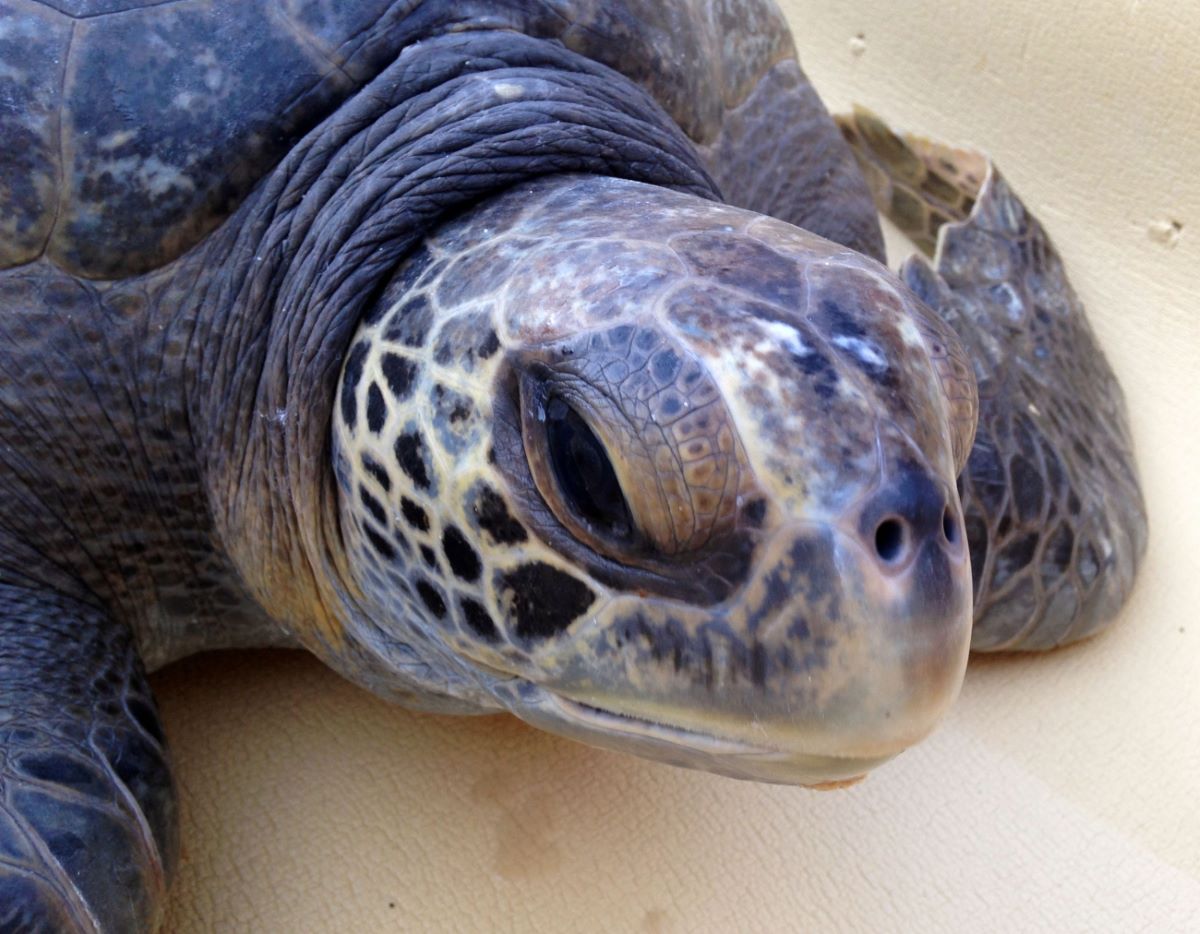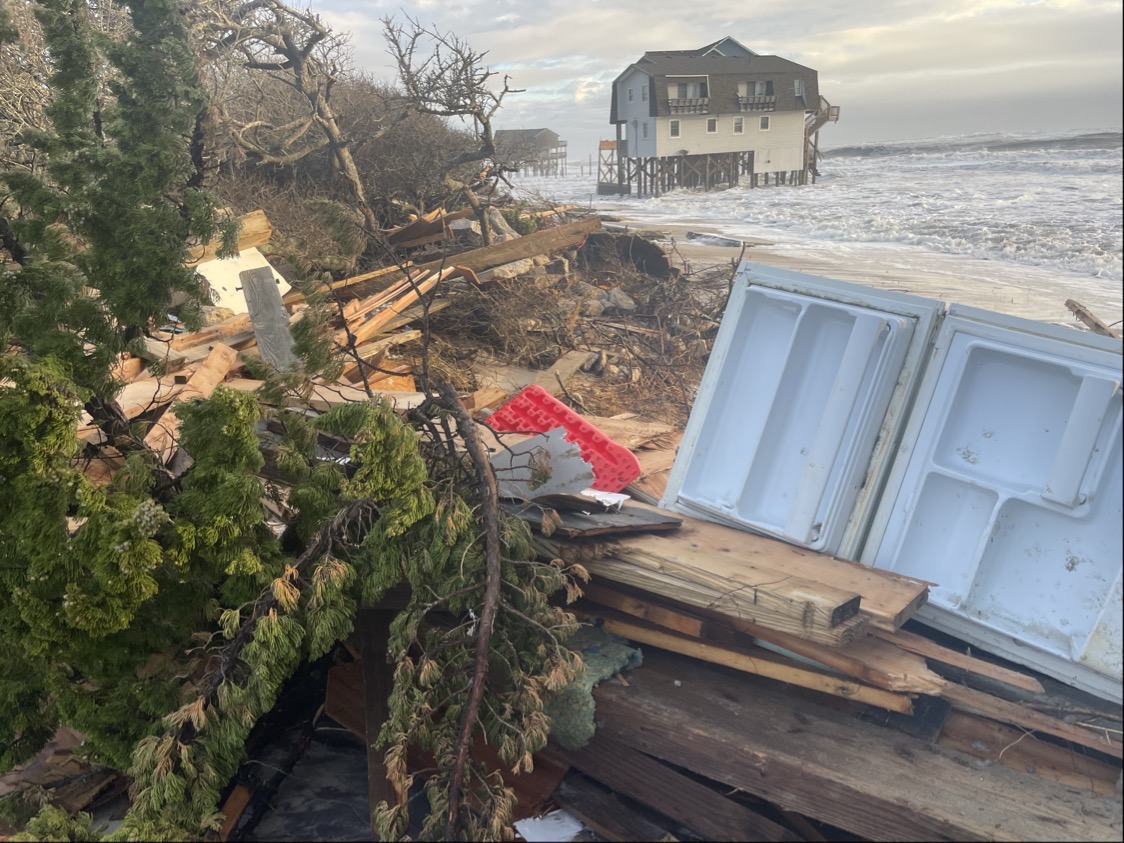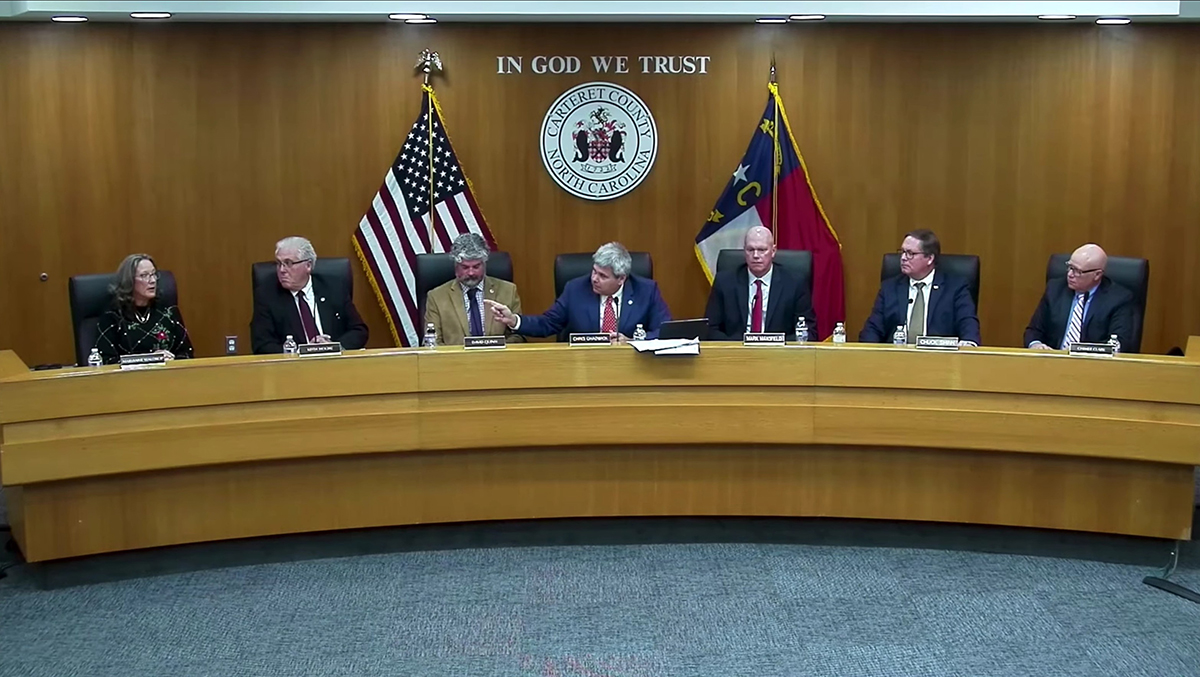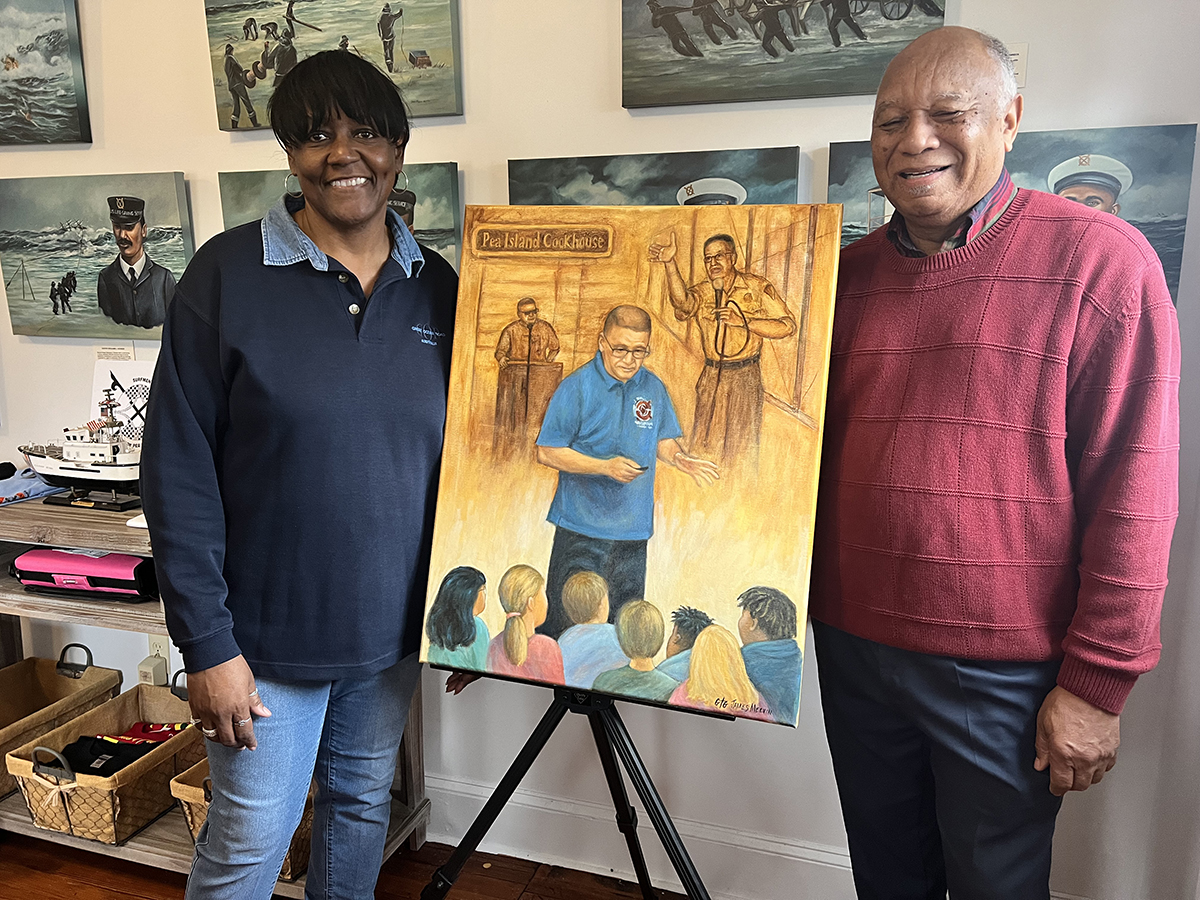
The deaths of a dozen federally listed sea turtles found trapped this past spring in a canal that leads to the Brunswick Nuclear Plant’s cooling system intake has prompted a government review on the limit of turtle species that can be unintentionally harmed by the facility’s operation.
King tides coupled with high winds “generated increased tidal forces and elevated river flows” that damaged screens on a large diversion structure meant to block marine life from entering into the 3-mile-long canal from the Cape Fear River, Karen Williams, the plant’s communications manager said.
Supporter Spotlight
A series of large “turtle blocker” panels are installed in the concrete structure.
“Those all functioned as designed,” Williams explained in an email. “There are small gaps in the structure – about two feet wide – which are covered with protective screens. It was these screens that were affected by the tidal conditions and river flow.”
Williams said in a telephone interview that one of the screens broke loose.
These screens are routinely inspected and cleaned of debris at the Duke Energy plant near Southport, Williams said, but turtles were able to swim into the canal before the broken screen was repaired. The turtles were found between April 15 and May 19.
Williams described the turtles as relatively young. Larger turtles would not have been able to fit through the gap left by the broken screen, she said.
Supporter Spotlight
Turtles that get into the canal undetected during patrols and sonar sweeps eventually get pulled against the cooling system intake where the force of the water flow is too great for turtles to swim away.
“If both units are running we pull a million gallons of water a minute so it’s a lot of force,” Williams said.
In all, 13 turtles, including an endangered Kemp’s ridley and 12 green turtles, which are listed in the north and south Atlantic regions as threatened under the Endangered Species Act, were found dead.
An injured turtle was transferred to a N.C. Wildlife Resources Commission technician, who transported it to the Karen Beasley Sea Turtle Rescue and Rehabilitation Center in Surf City.
The green turtle deaths exceed the number of annual incidental “takes” granted to the facility through the National Oceanic and Atmospheric Administration, or NOAA, Fisheries, also known as the National Marine Fisheries Service, or NMFS. “Takes” are the unintended death or harm of an endangered or threatened species caused in a lawful activity.
“The diversion structure normally does its job,” Williams said. “This was just an unusual situation. We’ve been operating this plant for almost 50 years and this is the first time in five decades that we’ve had any kind of event like this that have exceeded our limits. We’re not happy that this particular event has happened.”
She said the plant is working with the Nuclear Regulatory Commission, the independent government agency that regulates commercial nuclear plants and other uses of nuclear materials, and NOAA Fisheries.
“If in their assessment they determine that we need to do additional actions we will follow up on those,” Williams said.
NOAA communications specialist Allison Garrett said in an email that the plant has tried to improve its response and equipment to ensure sea turtles’ safety.
Those improvements include increasing underwater inspections of the intake diversion structure during periods of extreme tides, high winds and elevated river flows; installing cameras at the intake structure to remotely monitor for turtle impingements; installing high-resolution, side-scanning sonar devices on intake canal boats to help detect the presence of turtles in the canal; and increasing turtle patrol tours in the event of turtle strandings.
Garrett said that green sea turtle nesting “seems to be increasing lately” in the continental U.S., “but how that exactly translates into numbers showing up at the plant we don’t know, although you could assume that it might mean more animals there (we have to be careful jumping to too many conclusions yet).”
However, the largest nesting population for green turtles included in the continental U.S. in Tortuguero, Costa Rica, has “significant problems,” Garrett said.
Nuclear power plants in coastal areas are required to notify the Nuclear Regulatory Commission, or NRC, when listed animals are inadvertently harmed or killed by plant cooling water systems, according to Dave Gasperson, a public affairs officer with the NRC’s Region II office in Atlanta.
Gasperson said in an email that prior to this year, only four green turtle deaths had occurred since the plant began operations.
“Because the 12 incidental takes in 2024 exceed the take limit established in the biological opinion, the Endangered Species Act regulations require the NRC to reinitiate consultation with NMFS,” he said in the email. “NRC is coordinating with NMFS and preparing the request to reinitiate consultation. The process for consultation includes a 135-day timeline, followed by a 45-day period for NMFS to issue a new biological opinion.”







